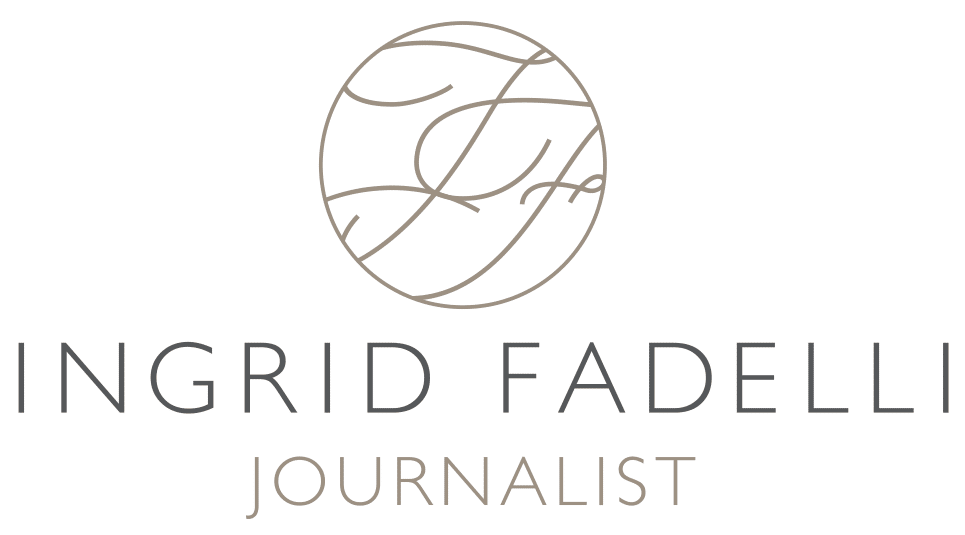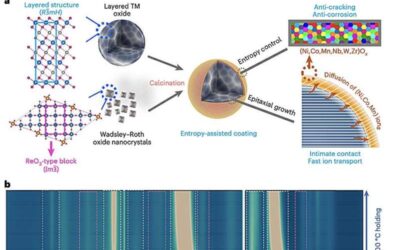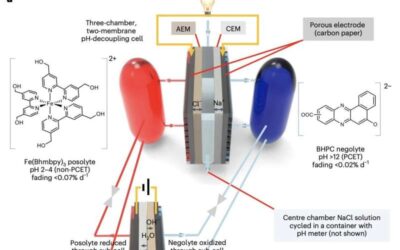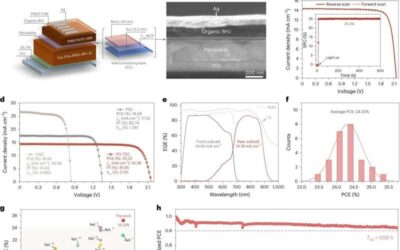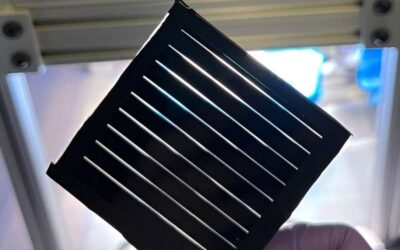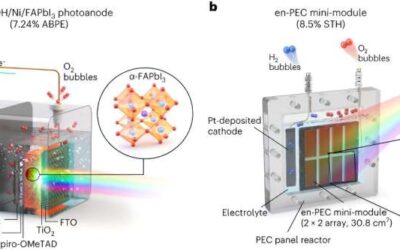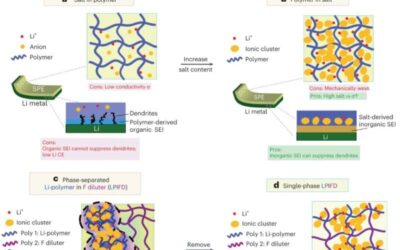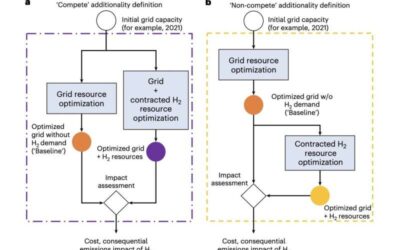To meet the growing demand of the electronics industry and support the widespread deployment of electric vehicles, researchers will need to develop increasingly advanced and highly performing battery technologies. A promising approach for boosting the performance of...
Energy & Green Tech
The realization of aqueous flow batteries with mild pH decoupling
Technologies that can store the energy produced by photovoltaics and wind turbines could play a key role in the decarbonization of the energy sector. The operation of both solar cells and wind turbines relies on suitable weather conditions, and grid-scale energy...
Reducing halide segregation in wide-bandgap mixed-halide perovskite solar cells using redox mediators
Multi-junction solar cells, solar cells comprised of many individual semiconductor junctions stacked together, have the potential of outperforming single-junction solar cells both in terms of efficiency and stability. In recent years, material scientists and engineers...
Using thermotropic liquid crystals to enhance the efficiency and stability of perovskite solar modules
Solar panels and photovoltaics (PVs) are becoming increasingly widespread, contributing to ongoing efforts aimed at decarbonizing electricity production. Solar cells based on perovskites, a class of minerals that can leverage parts of the solar spectrum, have recently...
A scalable photoelectrochemical system for green hydrogen production
If realized using solar energy or other renewable energy, water splitting could be a promising way of sustainably producing hydrogen (H2) on a large-scale. Most photoelectrochemical water splitting systems proposed so far, however, have been found to be either...
A new high-concentration solid polymer electrolyte for high-voltage lithium-metal batteries
Lithium-metal batteries, which contain anodes based on metallic lithium, are promising rechargeable batteries that could help to meet the growing demands of the electronics industry. These batteries have various advantages, including high energy density and fast...
A strategy to design lithium anode interlayer for all-solid-state lithium-metal batteries
Over the past decades, engineers and chemists have been working to develop increasingly advanced battery technologies that could help to meet the rising demands of the electronics industry. This has led to the emergence of new types of batteries, including...
Exploring the impact of grid-connected hydrogen production on carbon emissions
Countries worldwide have been introducing new policies aimed at mitigating climate change and reducing carbon emissions. Many of these interventions focus on deploying more sustainable systems to supply electricity on a large scale and introducing new technologies...
Study highlights the potential of geothermal power for decarbonizing electricity
Enhanced geothermal systems (EGSs) are human-made or enriched reservoirs within the Earth's subsurface, from which heat can be extracted to produce geothermal energy. The energy produced by these reservoirs could serve as an alternative source of electricity, helping...
A strategy to realize vertical iontronic energy storage via osmotic effects and electrode redox reactions
In recent years, engineers have been trying to identify new technologies to sustainably generate and store energy. One promising solution leverages the energy produced by osmosis when two fluids with a different salt concentration meet, such as when a freshwater body...
